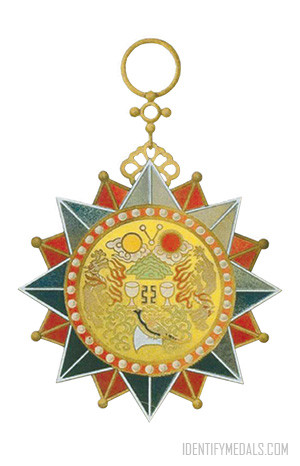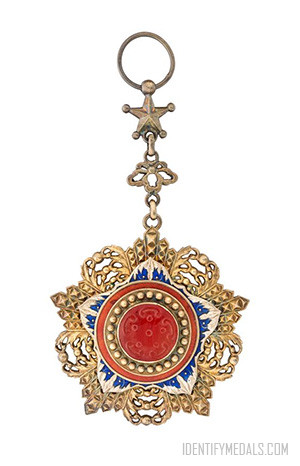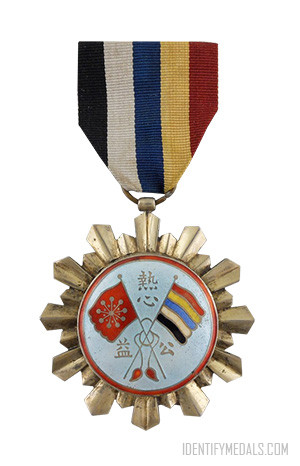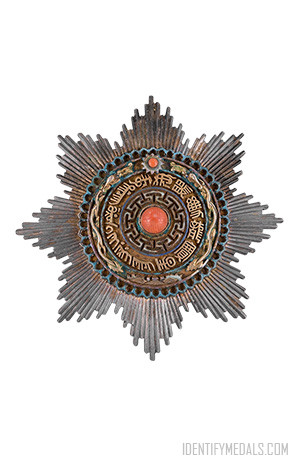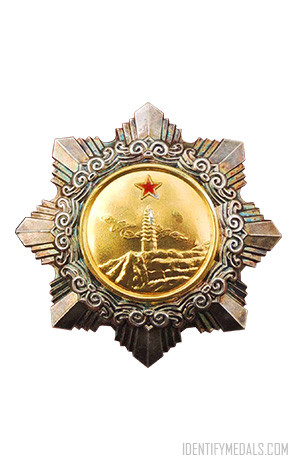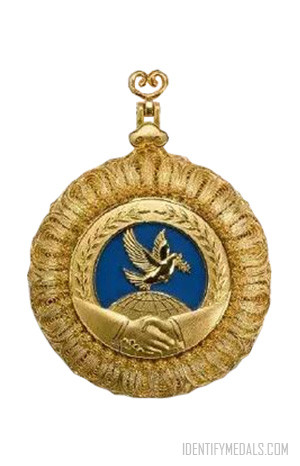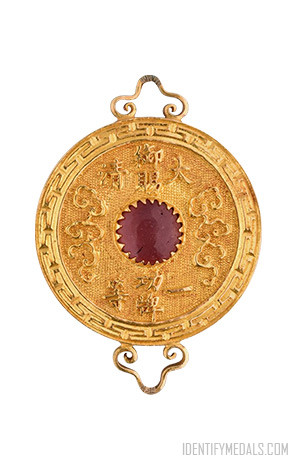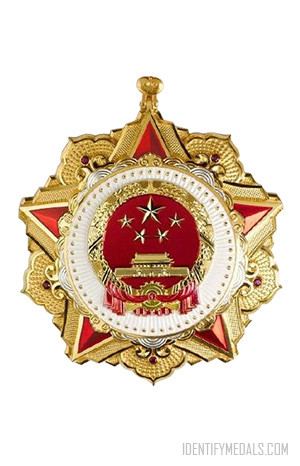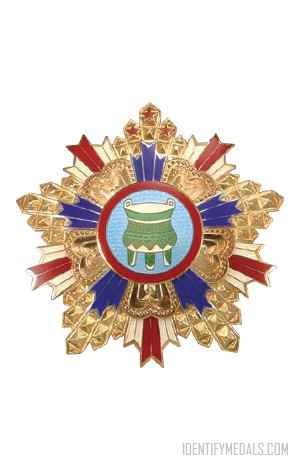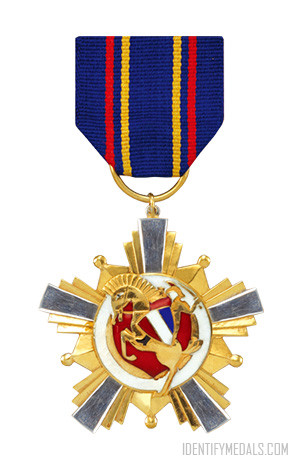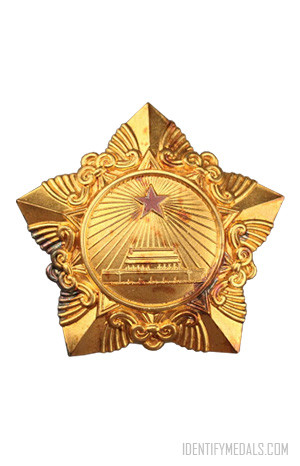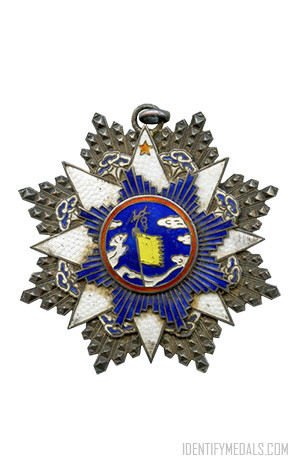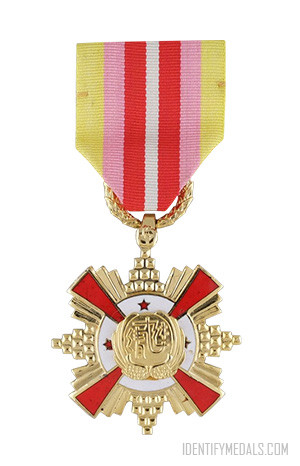- Time Period: Pre-WW1 Period
- Year of Institution: 20 March 1911
- Country: China
The Imperial Grand Order is a Chinese Order established on 20 March 20 1911 (alongside four other ones) to replace the Order of the Double Dragon. Given its origins and history, it was felt that the Double Dragon was no longer adequate to meet the needs of China as a modern nation. A new system of national honors was needed to serve diplomatic protocol and, more importantly, the needs of Chinese citizens including the Emperor.
On April 2, 1909 the boy Emperor Puyi (or the regent Prince Chun) directed the Ministry of Foreign Affairs, the Army Ministry, and the Administration Bureau to develop a new system of awards. Two years later on 20 March 1911, the Emperor approved the establishment of five new awards:
- The Grand Precious Order (Da Bao Zhang, 大宝章, also known in the West as the “Grand Order of the Throne”) intended for the Emperor.
- The Orders of the Red Dragon and the Yellow Dragon, for members of royal families.
- The Orders of the Blue Dragon and the Black Dragon, for nobles and high officials.
The first four existed in one class only, while the Black Dragon existed in eight classes.
The Imperial Grand Order Design
There are illustrations of this badge in the book Xun Zhang Tu (“Pictures of Orders”) or Ordres Imperiaux de Chine, which was printed for the Qing government by the royal press in Vienna.
The Order was a star comprising two rings of eight rays, one blue and one red, for a total of 16 points. The center medallion was bordered with pearls.
On the obverse, the Twelve Symbols of Imperial Authority are clearly visible as are the circle of pearls bordering the center medallion. According to the Book of Rites, one of the Five Classics of the Confucian canon, “Twelve is the number of Heaven”. The reverse bears the name of the Order (Da Bao Zhang, 大宝章) in the Chinese seal script. The breast star was the badge mounted on a star composed of eight groups of ascending diamond-cut rays.
The ribbon was Imperial yellow.

